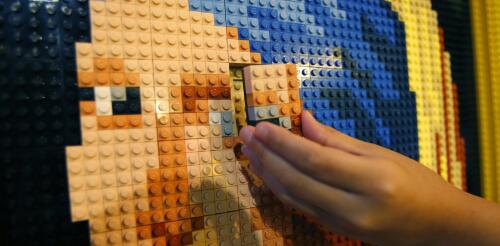Toys
A salve for America’s loneliness epidemic could exist right in front of its homes. Front yards are a staple of many American neighborhoods. Lush plantings, porches or trinkets can capture the attention of passersby and spark conversation. Other lawns say “stay away,” whether it’s through imposing fences or foreboding signs. But to what extent do yards serve as a window into the people who tend them – and how they feel about their home, neighborhood and city? In our study of nearly 1,000 front yards in Buffalo’s Elmwood Village neighborhood, we found that the livelier and more open the front yard, the more content and connected the resident. Cultivating a sense of place Our study of front yards is part of a larger investigation into the ways in which American neighborhoods can cultivate a stronger “sense of place,” which refers to the feeling of attachment and belonging one feels to their home, neighborhood and city. For deca...
Lego, the world’s largest toy manufacturer, has built a reputation not only for the durability of its bricks, designed to last for decades, but also for its substantial investment in sustainability. The company has pledged US$1.4 billion to reduce carbon emissions by 2025, despite netting annual profits of just over $2 billion in 2022. This commitment isn’t just for show. Lego sees its core customers as children and their parents, and sustainability is fundamentally about ensuring that future generations inherit a planet as hospitable as the one we enjoy today. So it was surprising when the Financial Times reported on Sept. 25, 2023, that Lego had pulled out of its widely publicized “Bottles to Bricks” initiative. This ambitious project aimed to replace traditional Lego plastic with a new material made from recycled plastic bottles. However, when Lego assessed the project’s environmental impact throughout its supply chain, it found that producing...

